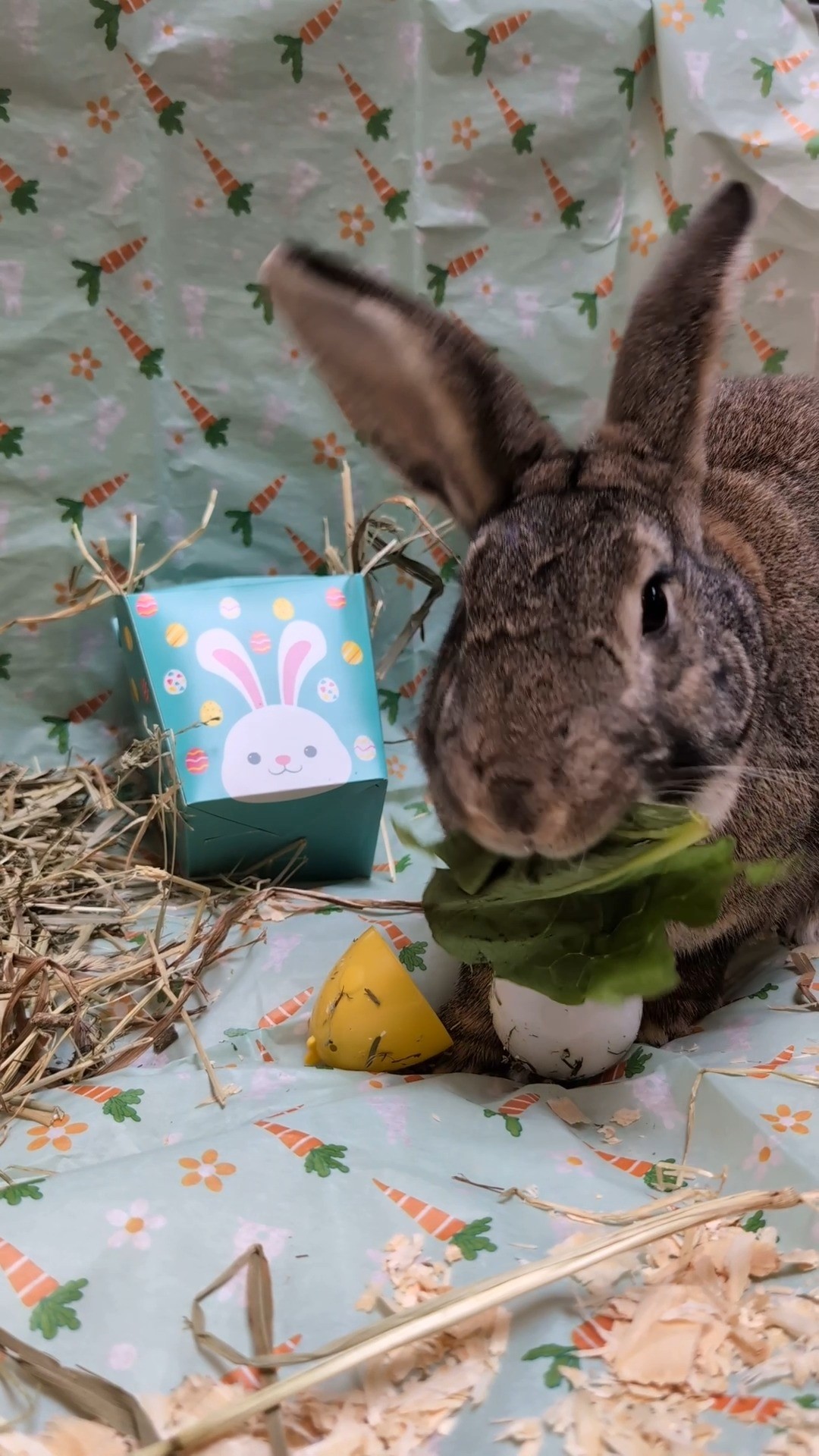– Easter celebrations as a reflection of cultural and familial bonding
– The role of zoos and wildlife parks in Easter festivities and environmental education
– Importance of wildlife conservation messaging during holiday events
– The impact of responsible zoo management on animal welfare and conservation efforts
Easter, a time of renewal and celebration, offers families a unique opportunity to gather and share traditions. From “Happy Easter” greetings exchanged between loved ones to the hidden delight of Easter egg hunts embedded in the festivities, these customs serve a dual purpose: they strengthen familial ties and present chances for environmental education. As we extend a warm “Happy Easter from our family to yours,” let’s delve into the nuanced role zoos and wildlife parks play in this springtime festival, their importance in wildlife conservation, and the implications of zoo management on animal welfare and conservation goals.
Family gatherings during Easter often incorporate outdoor activities, especially in venues like zoos and wildlife parks that orchestrate special Easter programs. From Easter bunny meet-and-greets to educational talks, these institutions use the holiday to draw in crowds, aware that their highest priority is to engage visitors—not only with the splendor of the animal kingdom but with critical conservation messages.
Zoos and wildlife parks become stages for unfolding the story of wildlife conservation to the public, a mission that intertwines with the holiday spirit. These venues design Easter-themed educational activities that teach children about the life cycles of animals, likening them to the Easter theme of rebirth and renewal. These messages resonate with the season and fortify the importance of protecting our natural world.
Beyond being places of learning and entertainment, zoos and wildlife parks are responsible for practicing exemplary animal care. Ethical zoo management includes providing habitats that simulate the natural environments of the species, ensuring varied and adequate diets, and implementing enrichment programs that promote natural behaviors. During Easter and other holidays, zookeepers work diligently to maintain these standards amidst the increased footfall, ensuring the animals’ welfare is not compromised by the festive activities.
Wildlife conservation messaging is particularly potent during the Easter holiday. Conservation efforts, such as breeding programs for endangered species, can be highlighted to demonstrate the practical steps taken to ensure species’ survival. Additionally, sustainable practices encouraged within the zoo’s operations—such as waste reduction and eco-friendly initiatives—model daily behaviors that visitors can adopt. This dual approach reflects the zoo’s commitment to conservation and empowers attendees to become active participants in environmental stewardship.
The impact of responsible zoo management goes beyond the enclosures they maintain. By participating in international breeding programs and research initiatives, these institutions are critical nodes in the wider network of global conservation efforts. Their work supports in-situ initiatives, helping to restore wildlife populations and their habitats. This extends the reach of the Happy Easter message, translating it into tangible actions that contribute to the planet’s well-being.
As we share the festive “Happy Easter from our family to yours” sentiment, let’s remember the broader environmental implications woven into our celebrations. The joy we derive from visiting zoos and wildlife parks during the holiday season can translate into a deeper appreciation for the natural world and the creatures with whom we share it, fostering a sense of shared responsibility for their future. Happy Easter becomes not just a greeting but a declaration of our commitment to conservation—a promise from our family to the world’s natural family for generations to come.
*****
Source Description
Happy Easter from our family to yours 🐣🐰


